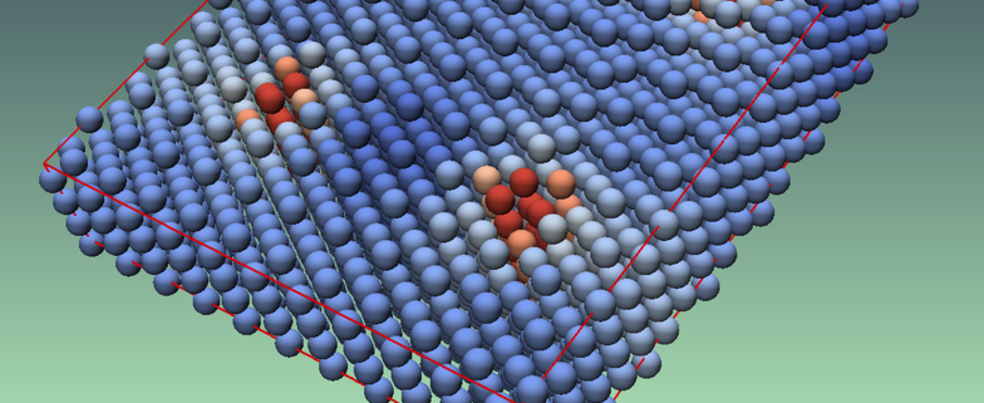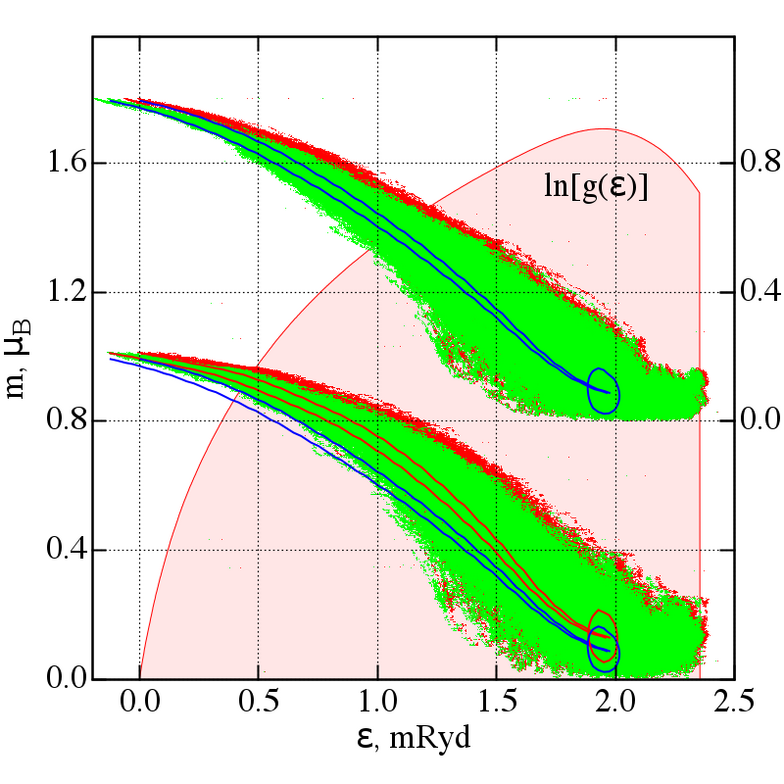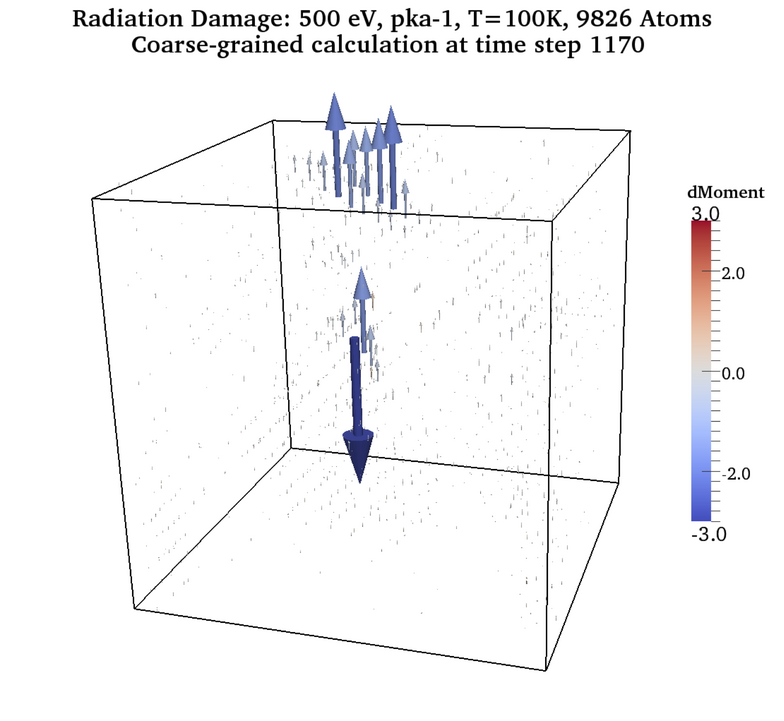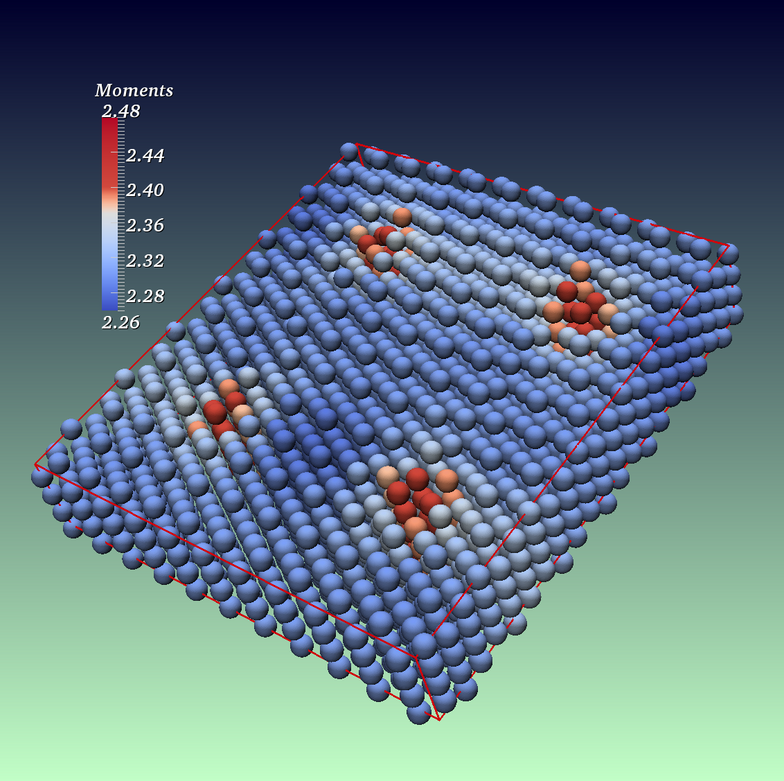Committed to scientific research
and educating the next
generation of scientists
Khorgolkhuu Od Odbadrakh
Khorgolkhuu Odbadrakh, Ph.D
Research Interests
• Computational research on thermodynamic properties of materials using Monte-Carlo statistical sampling of phase space with first principles Hamiltonians. The materials include Heusler alloys with high magneto caloric effect, and high entropy alloys. The research explores new classes of materials for energy efficient cooling technologies, and advanced materials with tunable magneto-caloric properties.
• Modeling and characterization of defects in structural materials using a Coarse Graining approach to ab initio techniques. Applications are to radiation induced displacement cascades in iron and dislocations in iron. The research provides insight into defects from first principles.
• Developing fast, multi-scale, massively parallel computing tools for characterizing electronic, magnetic and thermodynamic properties from first principles. This research utilizes the efficient Wang-Landau statistical sampling method combined with both model and first principles Hamiltonians.
Magneto-Caloric Effect (MCE) explained from first principles:
Ni-Mn-Ga
What happens to local magnetic structures when radiation damages structural iron crystal? First principles investigation.
Magnetic entropy of local magnetic moments in Ni2MnGa calculated from first principles and relate the change in entropy under the application of a magnetic field to its large observed Magneto Caloric Effect. The statistical density of state as a function total magnetization and energy shows that an unusually high magnetic moment for the most probable states results in the large MCE. The large MCE is a general consequence of a large ferromagnetic exchange coupling between atoms with very different moment magnitudes. In Ni2MnGa there is a large nearest neighbor interaction between Mn and Ni which have moments of 3.3 and 0.3 μB respectively.
Local atomic magnetic moments in crystalline Fe are perturbed by the presence of radiation generated vacancies and interstitials. The effects are most pronounced near the defect cores and decay slowly as the strain field of the defects decrease with distance.
The radiation induces compact damage aggregates consisting of point like defects, some of which form local environments that favor an anti-ferromagnetic state.







